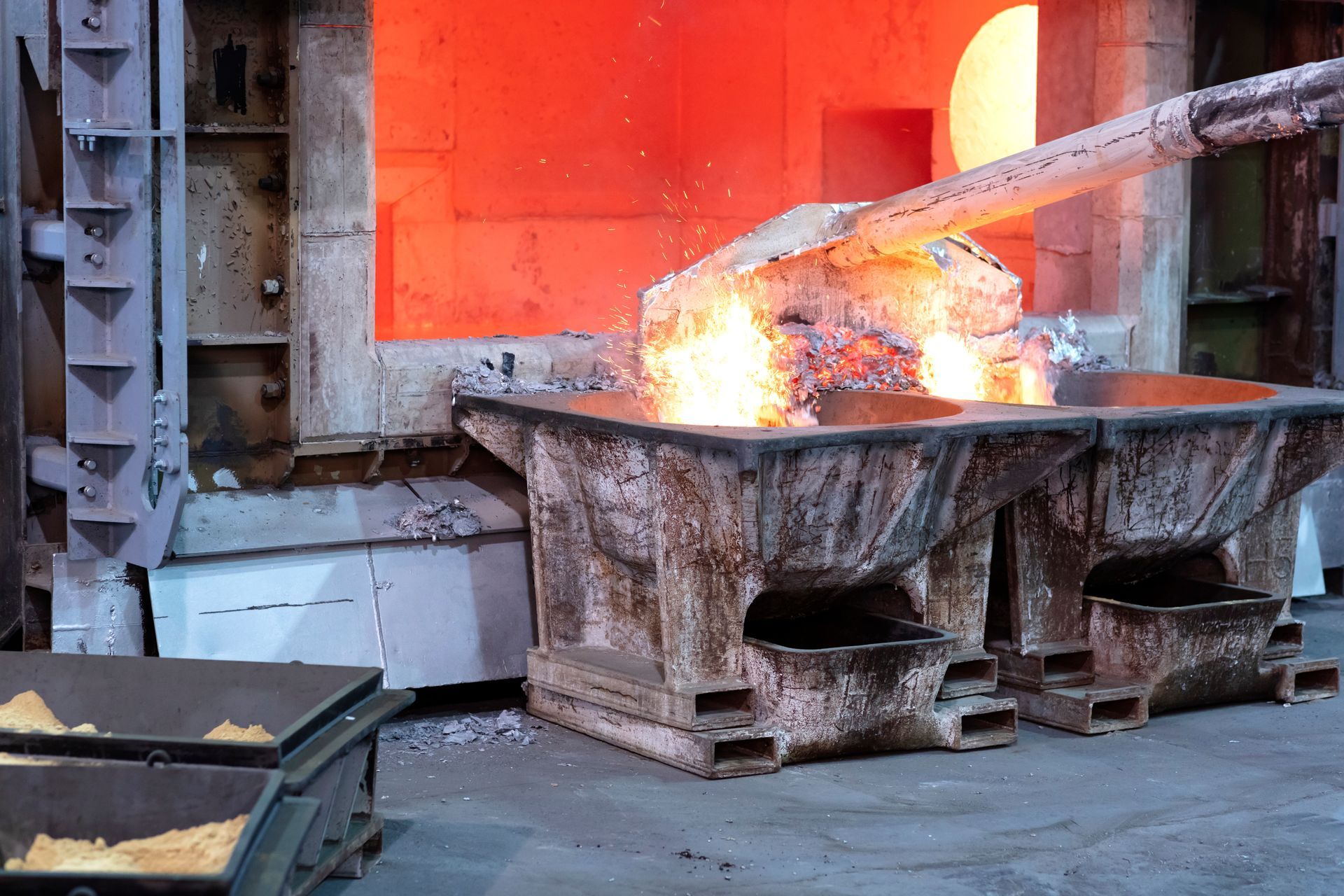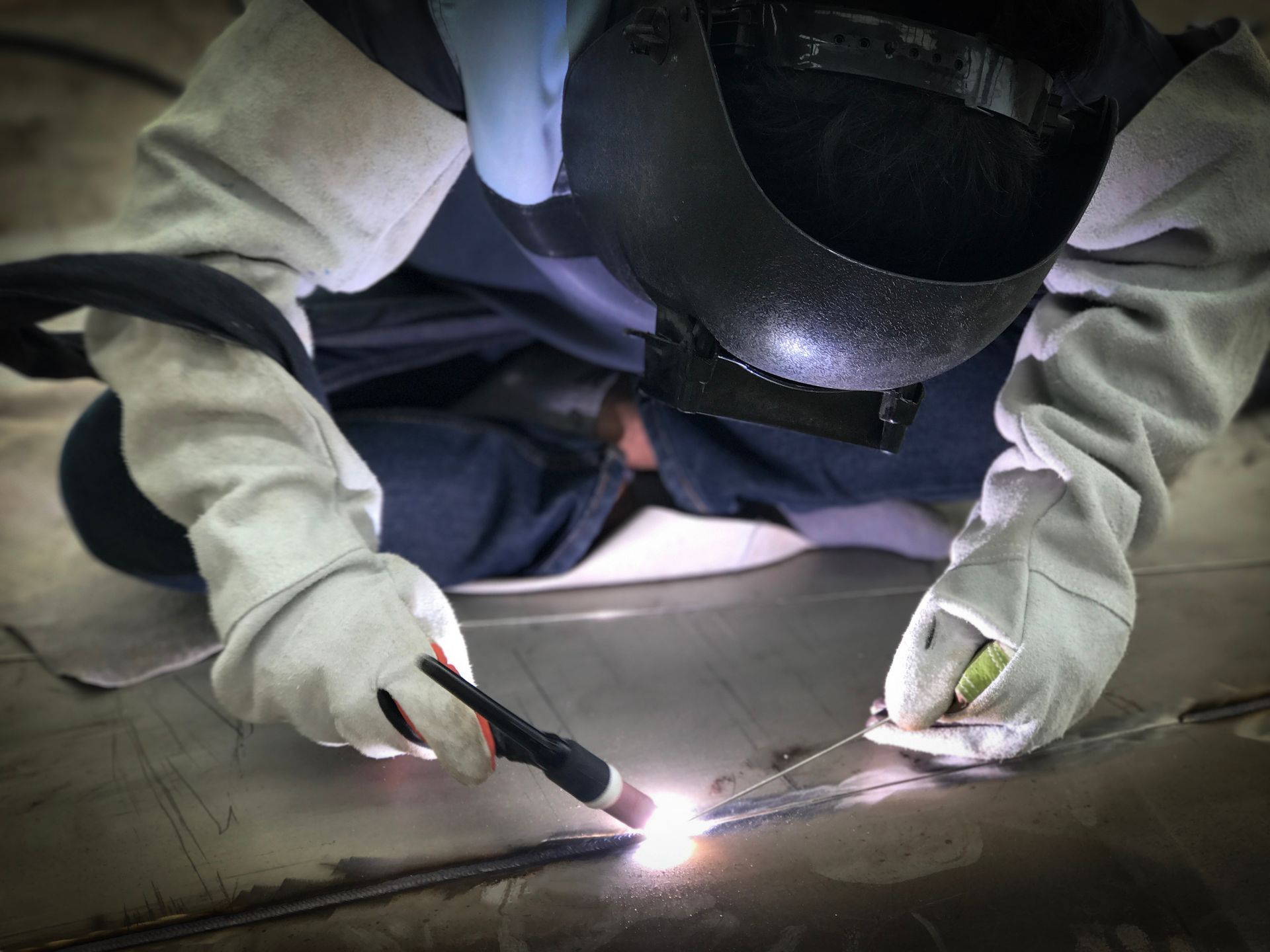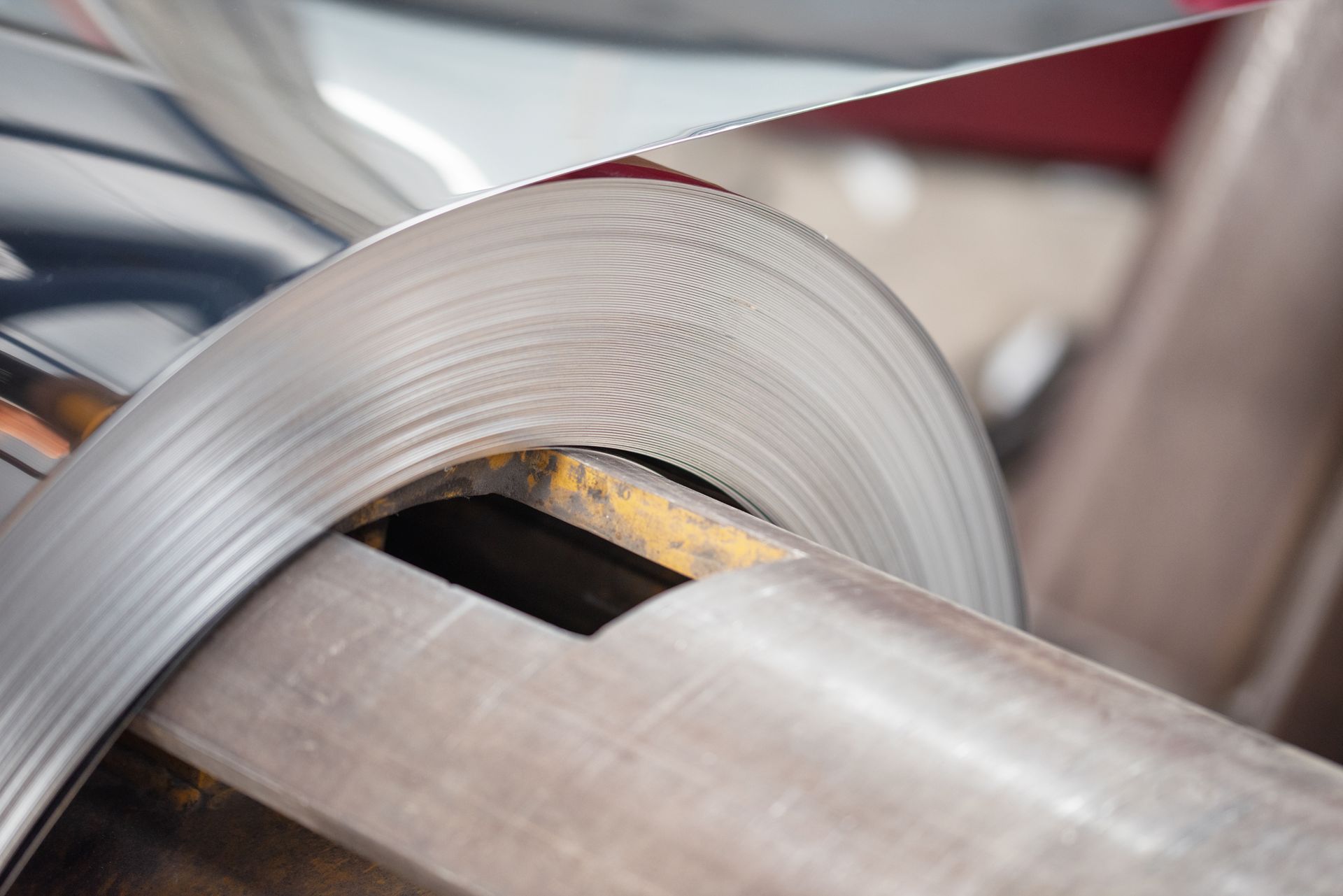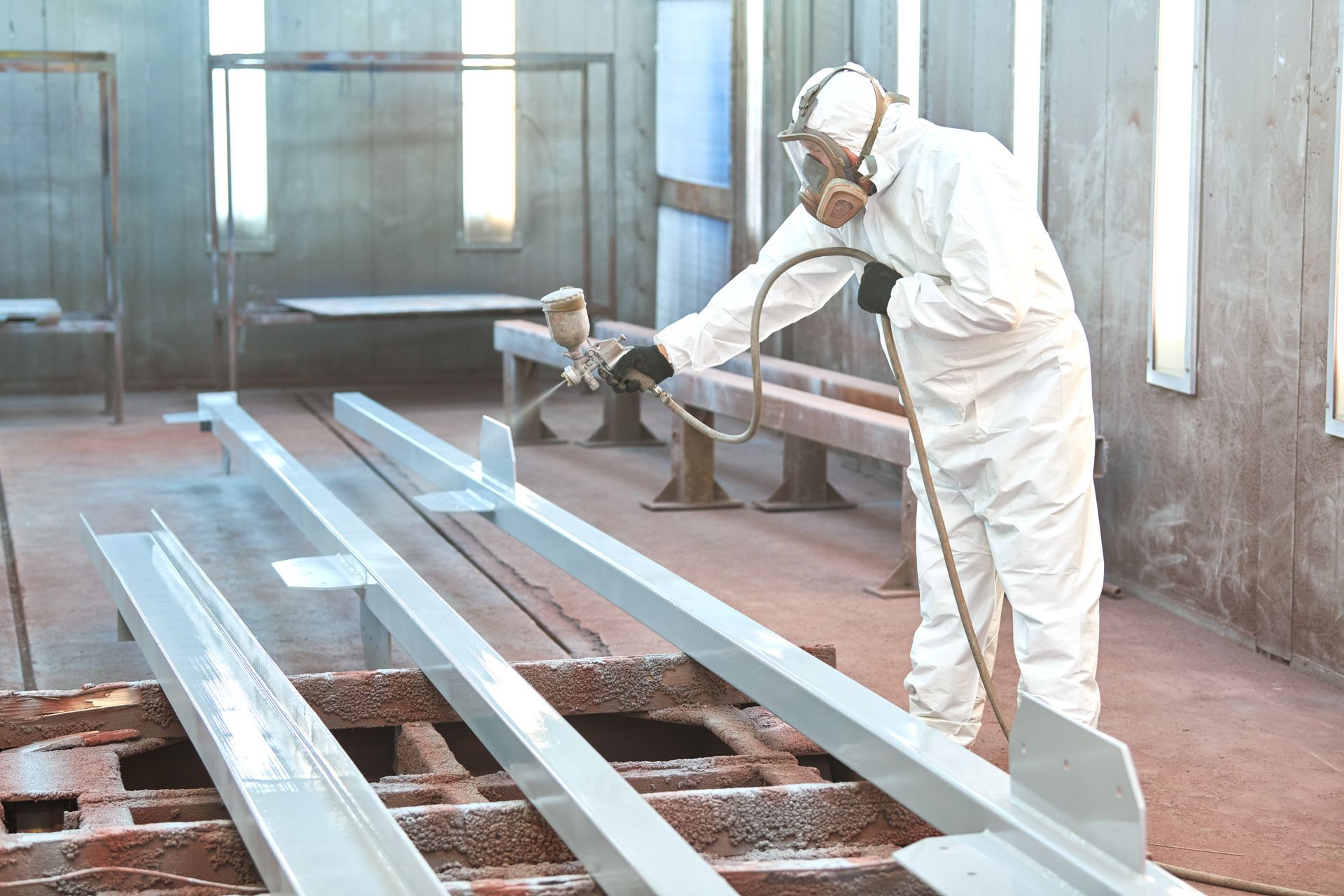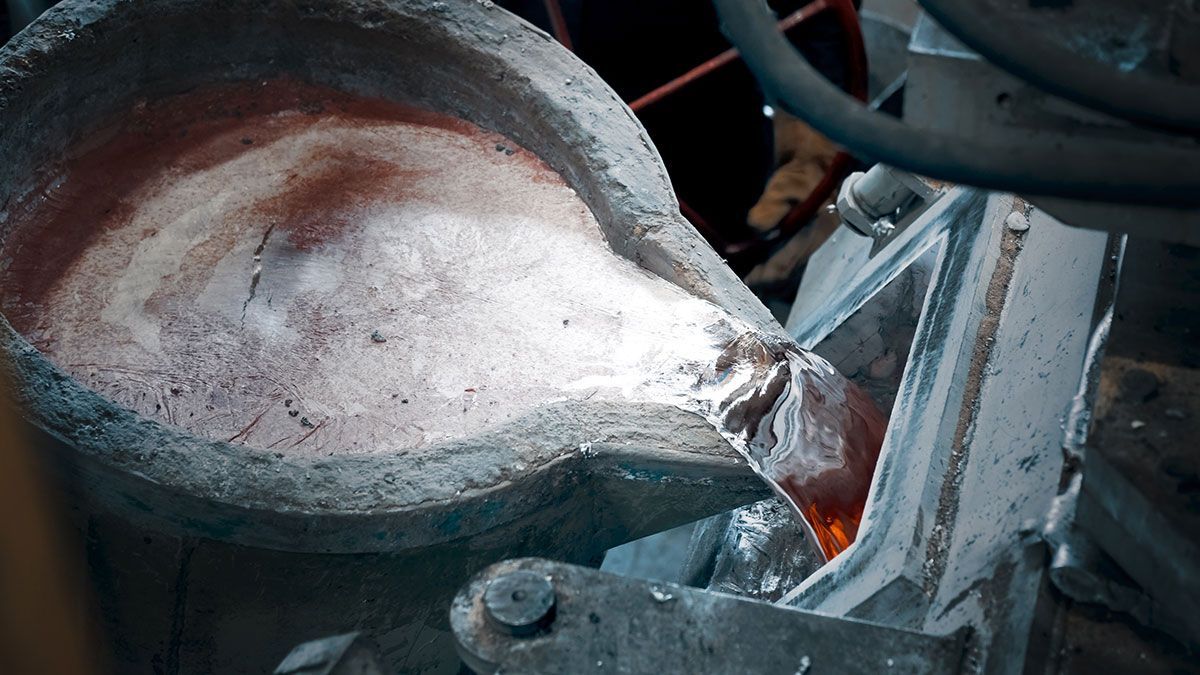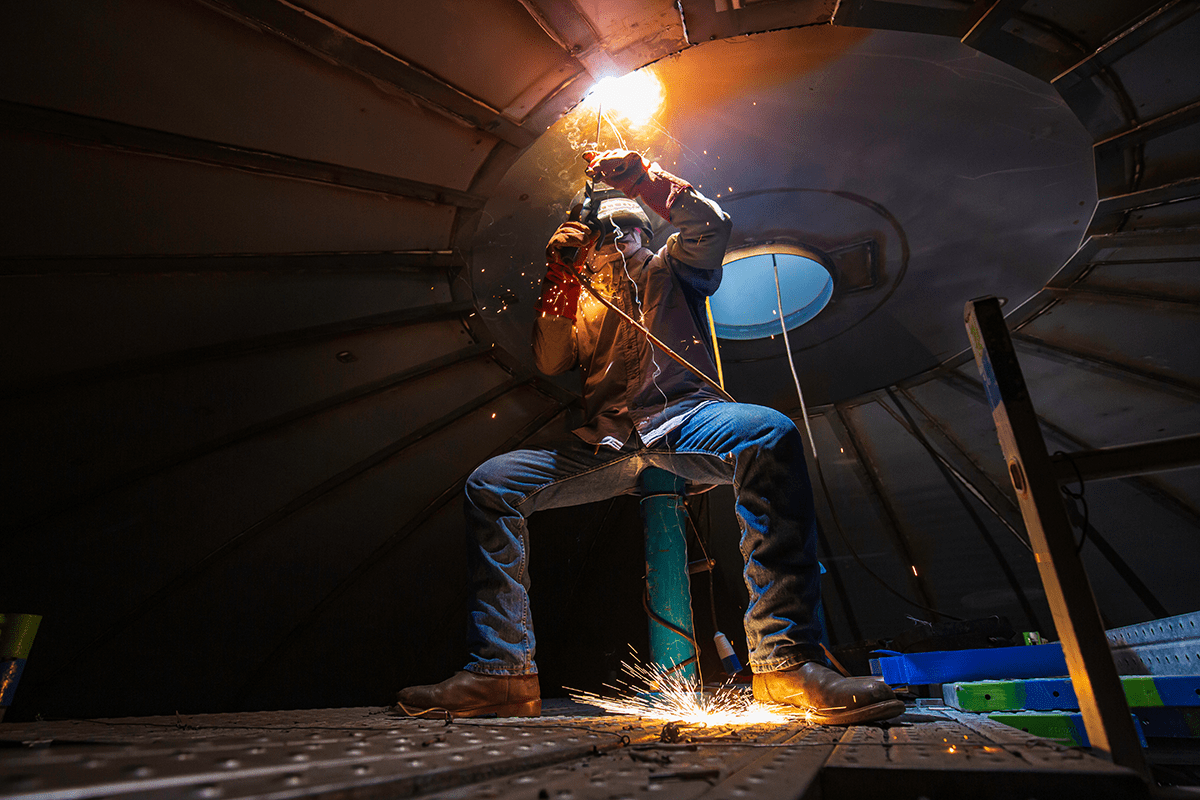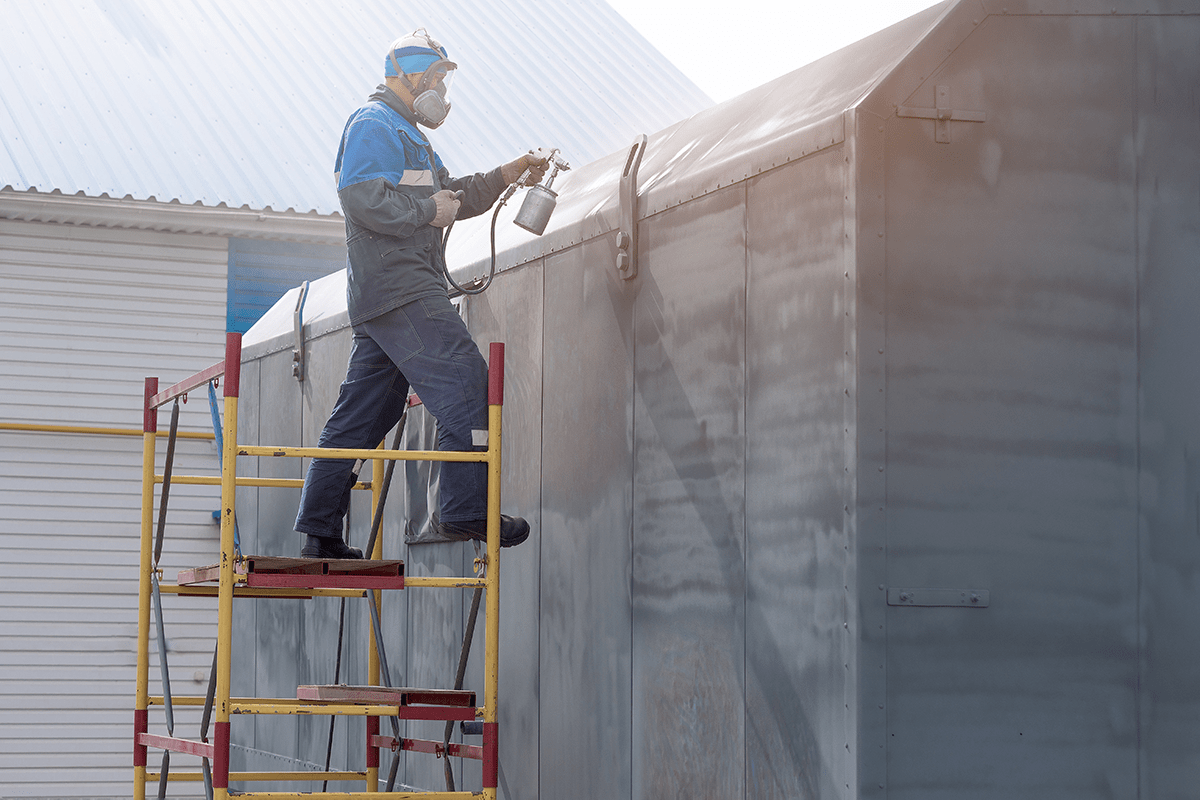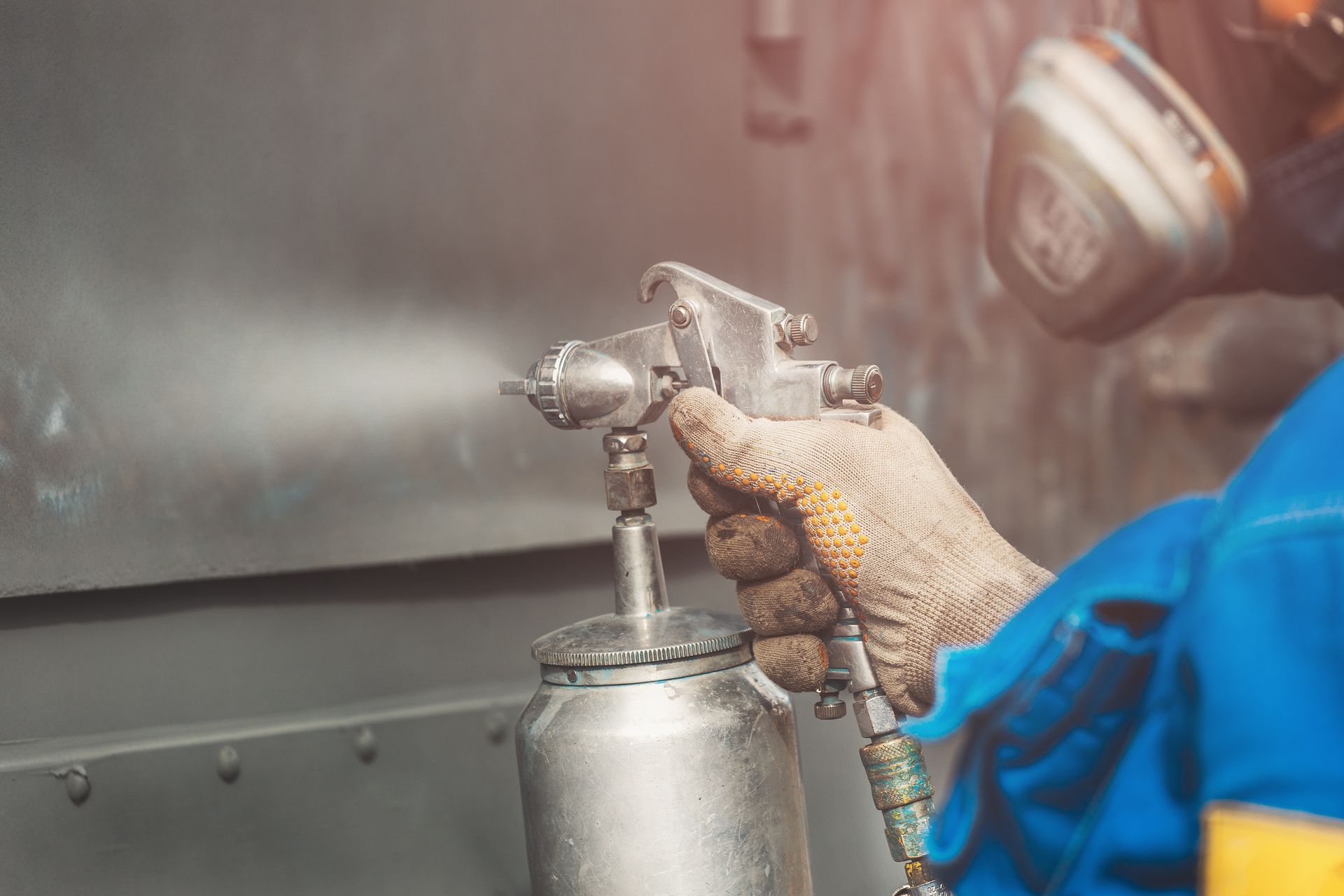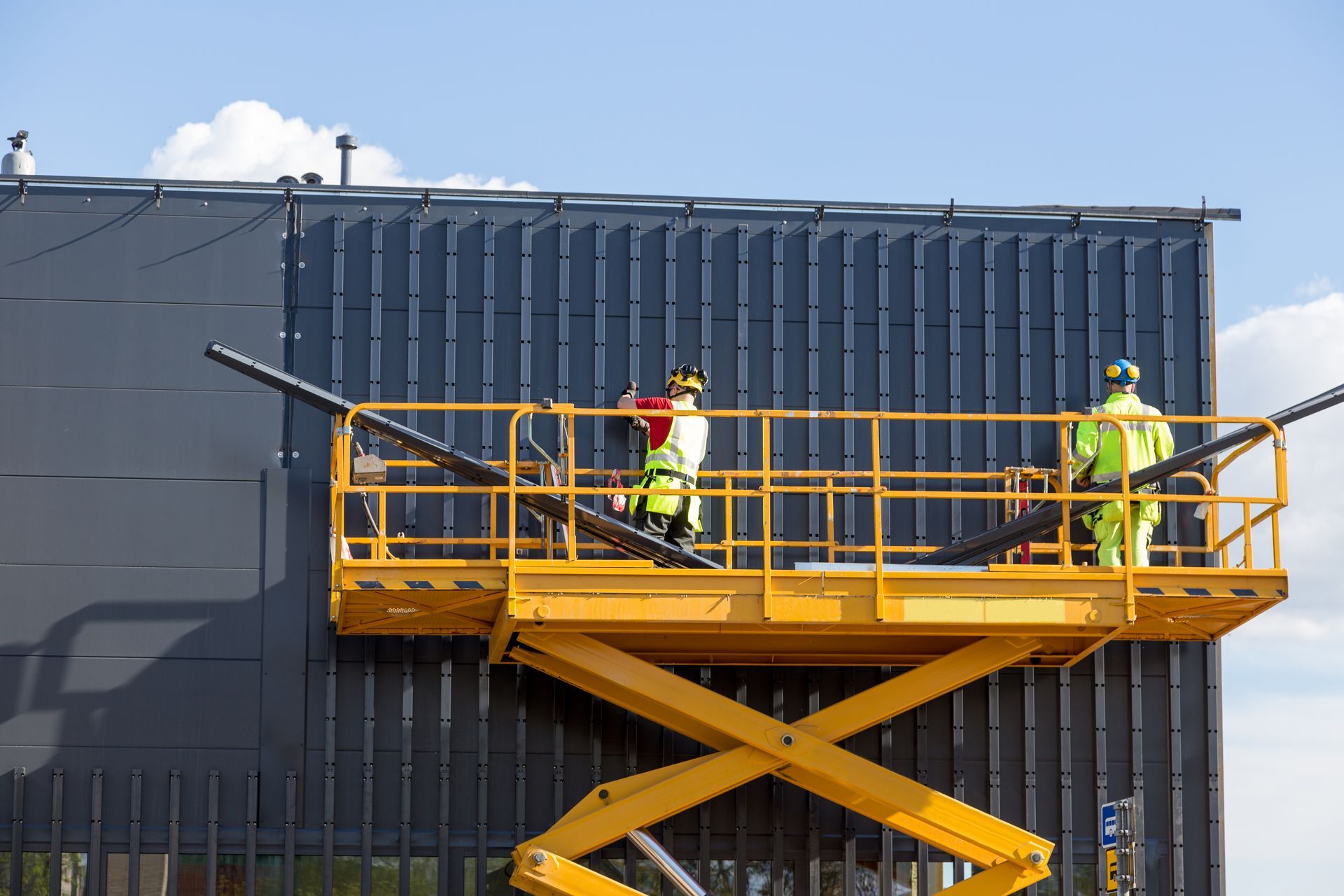4 Common Problems of Screw Conveyors And How To Keep Them In Top Shape
If your screw conveyor isn’t working properly, it will have severe ramifications throughout your entire operational system. Think major disruptions to your operations schedule. Loss of output, productivity and money.
The above scenario, however, is easily preventable. For owners of screw conveyors, the easiest method is to keep a close eye on the precise workings around your screw conveyors. This includes carefully inspecting your belts on a regular basis to spot potential issues before they develop into more severe trouble down the line and require much more time and money to repair.
Hence, it is vital for screw conveyor owners to comprehend the fundamentals of screw conveyor maintenance, spot some of the common problems of screw conveyors and have the ability to know how to fix them.
What are the common problems that plague screw conveyors?
a) The conveyor belt mistracking
Mistracking is as simple as it sounds - it is a problem with a conveyor belt's tracking. In other words, while tracking is the process of aligning the screw conveyor belt onto the correct path, mistracking is when there is an issue along this track. In most cases, this occurs when the belt has slipped to one side or another, thus causing the screw conveyor system to shift out of alignment.
Mistracking negatively affects the overall performance of your entire conveyor system by throwing it off its specified course. In less serious case, mistracking might only lead to uneven belt wear. However, this might bring up a host of other issues you might find with conveyor systems.
b) The conveyor belt slipping
In a screw conveyor system, its conveyor belts depend on a precise balance of tension to operate optimally. With too much or too little tension, the operation may start to lose its optimum performance and belt-slipping starts occurring.
In specific cases, if the head pulley becomes overly worn or breaks down, there will not be enough tension to keep the conveyor belt from slipping around.
This can result in unnecessary stretching and strain on the conveyor belt, loud squealing noises and various slipping issues. It is noted to be a time-consuming task to perform maintenance and repair. Hence, to avoid this situation, it is vital to check every part of the conveyor belt regularly.
c) The rollers of the screw conveyor might seize
Conveyor belts are commonly manufactured from materials such as steel. This means its parts are trusted to be highly durable and long-lasting.
However, as the rollers of the conveyor belt seize up, there is an unfortunate effect of them developing sharp edges.
These sharp edges can potentially have severe repercussions for the entire conveyor system. This includes unequal mistracking down the centre of the conveyor belt.
d) There might be blockages in the conveyor system
As the main purpose of a screw conveyor system is to transport items efficiently from one location to another, blockages disrupt the efficiency of the entire system. This comes in the form of pileups, clogs and jammed stations.
How do you keep your screw conveyor in good shape?
i) Keep the belt of your screw conveyor clean
While this sounds extremely complicated, a clean conveyor belt is often an optimal-performing belt.
A dirty belt is likely to slip, impacting the conveyor’s weight-carrying capacity. Next, any foreign build-up on the conveyor component parts such as the belt rollers can reduce the lifespan of both the belt and the motor.
Hence, you can consider investing in a conveyor that is equipped with easy-to-clean components, such as belt scrapers and belt lifters. These are designed to be regularly cleaned without major downtime and resources needed.
ii) Keep the very important motor clean
Often, a conveyor belt motor that is covered with dust, dirt, grease, or food by-product will have its ventilation ports clogged, leading to overheating. When a motor overheats, it will need to be replaced - which makes it one of the costliest expenditures for your conveyor system. Ensure that your sanitation protocol is effective and strictly followed to avoid this.
iii) Be on constant check for belt slippage
Improper belt tensioning or even loading your conveyor excess weight is the main culprit of belt slippage, as well as reducing the lifespan of your conveyor parts. Hence, regular inspections and tightening will help eliminate these issues.
iv) Always perform inspections to replace worn parts
Did you know that worn parts are one of the major causes of screw conveyors malfunctioning? This is one of the main causes of breakdowns and extended downtimes, such as the need to wait for replacement parts to arrive.
That's why regular inspections of the whole screw conveyor belt system for worn and potentially damaged parts for timely replacements can significantly reduce the chances of conveyor downtime.
It is also a worthwhile conversion to have with the conveyor's manufacturer to learn the parts that are likely to wear out and to keep replacement parts ready for it.
v) Always implement preventative work and maintenance
Here's an insider tip from those who know screw conveyors best: preventive maintenance will save your conveyor from breakdowns and malfunctions.
It is therefore highly recommended to follow the manufacturer’s instructions for scheduling preventative maintenance. This includes inspecting most of the components, replacing parts that show wear and tear as well as upgrading the minor wiring and cables to higher-quality materials.
These tasks will help extend the life of your belt conveyor and avoid costly breakdowns.
vi) Always check your pulley alignment for wear
Lastly, the pulley alignment of your screw conveyor plays the key role of keeping your belt conveyor running correctly. That's because an aligned pulley creates the equal belt tensioning on either side of the belt’s cross-section that is necessary to extend the life of your belt.
Looking for screw conveyor breakdown repairs? Choose a contractor you can trust.
Our expertise in screw conveyors is second to none. If you're looking for high-quality and cost-effective screw conveyor breakdown repair workshop with a fast turnaround time, why not give Choong Ngai Engineering a try?
With our excellent tools, equipment and technique, we've been servicing happy customers for over 10 years. Learn more about our services and previous projects on our website or contact us at www.choonngaiengineering.com
